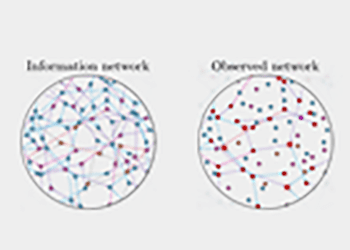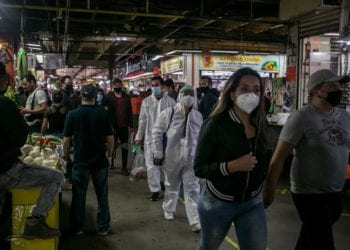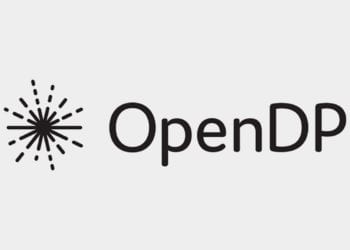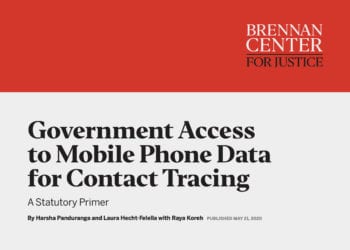Last week, President Joe Biden announced his goal of vaccinating 100 million Americans in his first 100 days in office. Equitably distributing a vaccine to that many Americans now stands as the country’s final and most daunting task to defeat the pandemic. The greatest threats to the efficacy of the rollout will be areas of the country where COVID-19 continues to spread due to complications from vaccine distribution. These areas are known as Vaccine Deserts.

The distribution of the vaccine currently relies on pharmacies as primary administrators. There is a surfeit of issues with this strategy and the potential for Vaccine Deserts.
Rural areas, on average, have fewer pharmacies per capita than urban counterparts. There are 177 counties in the United States without a pharmacy, making it difficult to vaccinate these areas as efficiently as other parts of the country.
In contrast, high population areas may be impeded by a lack of doses relative to their density, so while access to a pharmacy would be a non-issue for anyone living in a city, the distribution will be limited by the capabilities of the pharmacies themselves.
Vaccine Desserts are likely to correspond to other “deserts” —food deserts, shade deserts—all of which are deeply linked to racial and economic inequity. Our greatest weapon against Vaccine Deserts is public health messaging and pop-up vaccination sites, and the problem lies not in applying the bandage—but identifying the wound.
By applying data analytics to national, state, and local populations, Camber Systems can empower local governments to identify Vaccine Deserts, tracking the virus’s spread in relation to both population movement and vaccine distribution.
We are already starting to see innovative methods arise to track the effectiveness of vaccine distribution, such as wastewater surveillance of municipal sewers.
By assessing the weaknesses of vaccine distribution, mobility data can act as a watchdog for the faults in infrastructure that plague the country’s underserved communities.
If one thing is clear, it’s that the crucible of distribution will not be solved in the rollout, but in the real-time solutions for problems that arise along the way.



